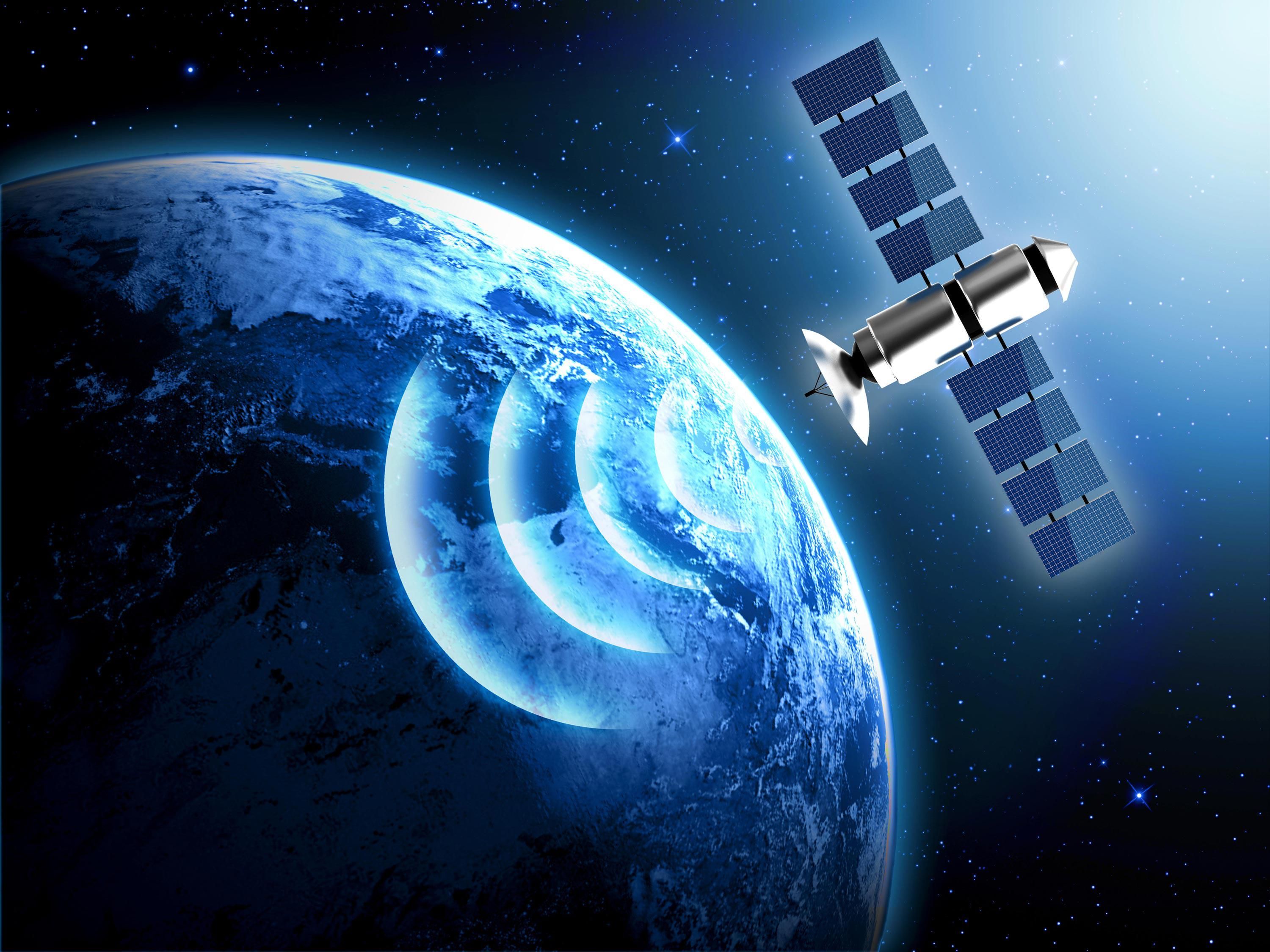
Satellites, those unassuming objects orbiting high above our heads, have quietly revolutionized the way we live, work, and explore the world. These artificial celestial companions play a crucial role in everything from telecommunications and weather forecasting to scientific research and national security. In this comprehensive article, we will embark on a journey to understand the fascinating world of satellites, exploring their types, functions, history, and their profound impact on our daily lives and the future of space exploration.
I. What is a Satellite?
At its essence, a satellite is any object that orbits around a celestial body, such as a planet or a moon. In the context of this article, we focus on artificial satellites – human-made objects intentionally placed into orbit around Earth or other celestial bodies. These artificial satellites come in various shapes and sizes, serving a multitude of purposes.
II. Types of Satellites
Artificial satellites can be classified into several categories based on their functions:
1. Communication Satellites
Communication satellites have transformed the way we connect with one another globally. They orbit the Earth in geostationary or low Earth orbits, relaying radio, television, internet, and telephone signals. Popular examples include the Intelsat and Iridium satellite constellations.
2. Earth Observation Satellites
These satellites capture high-resolution images and data of Earth’s surface. They are invaluable for environmental monitoring, disaster management, urban planning, and agricultural assessment. The Landsat and MODIS satellites are well-known examples.
3. Navigation Satellites
Navigation satellites form the backbone of the Global Positioning System (GPS). They provide precise location and timing information for various applications, from personal navigation devices to aviation and military operations.
4. Scientific Satellites
These satellites are designed for scientific research, exploration, and experimentation. They study Earth’s climate, the cosmos, and the universe beyond. The Hubble Space Telescope and the Mars rovers fall into this category.
5. Military and Reconnaissance Satellites
Developed and operated by governments, these satellites are used for national security, surveillance, and reconnaissance purposes. Details about many military satellites remain classified.
6. Space Telescopes
Space telescopes, like the Hubble Space Telescope, are placed in orbit to observe distant celestial objects without the interference of Earth’s atmosphere, providing breathtaking images of the cosmos.
III. The History of Satellites
The story of artificial satellites began with the launch of the first artificial Earth satellite, Sputnik 1, by the Soviet Union on October 4, 1957. This historic event marked the beginning of the space age and the space race between the United States and the Soviet Union during the Cold War. The United States soon followed with its satellite, Explorer 1, in 1958.
Since then, satellite technology has advanced exponentially. Satellites have played pivotal roles in space exploration, including landing humans on the moon during NASA’s Apollo missions. They’ve also been instrumental in expanding our knowledge of the cosmos, studying distant planets, asteroids, and comets.
IV. The Impact on Our Lives
Satellites have become an integral part of modern life, impacting various sectors:
1. Communication
Satellites enable global communication by relaying signals for television, radio, internet, and telephone services. This connectivity bridges geographical gaps and facilitates real-time information exchange.
2. Weather Forecasting
Weather satellites provide invaluable data for meteorologists, improving weather forecasting accuracy and helping us prepare for natural disasters.
3. Navigation
GPS satellites power navigation systems used by vehicles, airplanes, ships, and smartphones. These systems ensure accurate positioning and timing worldwide.
4. Earth Monitoring
Satellites track environmental changes, helping us monitor climate patterns, deforestation, urban expansion, and disaster management.
5. Scientific Discovery
Space and scientific satellites provide data that advance our understanding of Earth, space, and the universe, driving innovations in science and technology.
V. Challenges and the Future
Despite their many benefits, satellites face challenges such as space debris, cybersecurity threats, and the need for sustainable practices in space exploration. As technology advances, smaller and more efficient satellites, including CubeSats, are becoming popular for various applications.
The future promises exciting developments, including the establishment of satellite mega-constellations for global internet coverage, lunar and Martian exploration missions, and ambitious deep-space missions to study distant celestial objects.
VI. Conclusion
Satellites have revolutionized our world, transcending borders and connecting humanity in ways previously unimaginable. Their roles in communication, navigation, Earth observation, and scientific research have left an indelible mark on society. As we continue to push the boundaries of technology, satellites will undoubtedly play a pivotal role in shaping the future of space exploration and our place in the universe. Their journey into the cosmos is far from over, and the wonders they reveal and enable are limited only by our imagination and determination.
